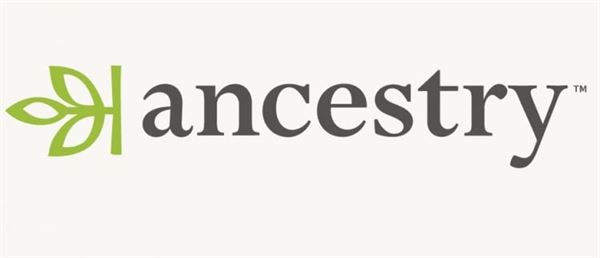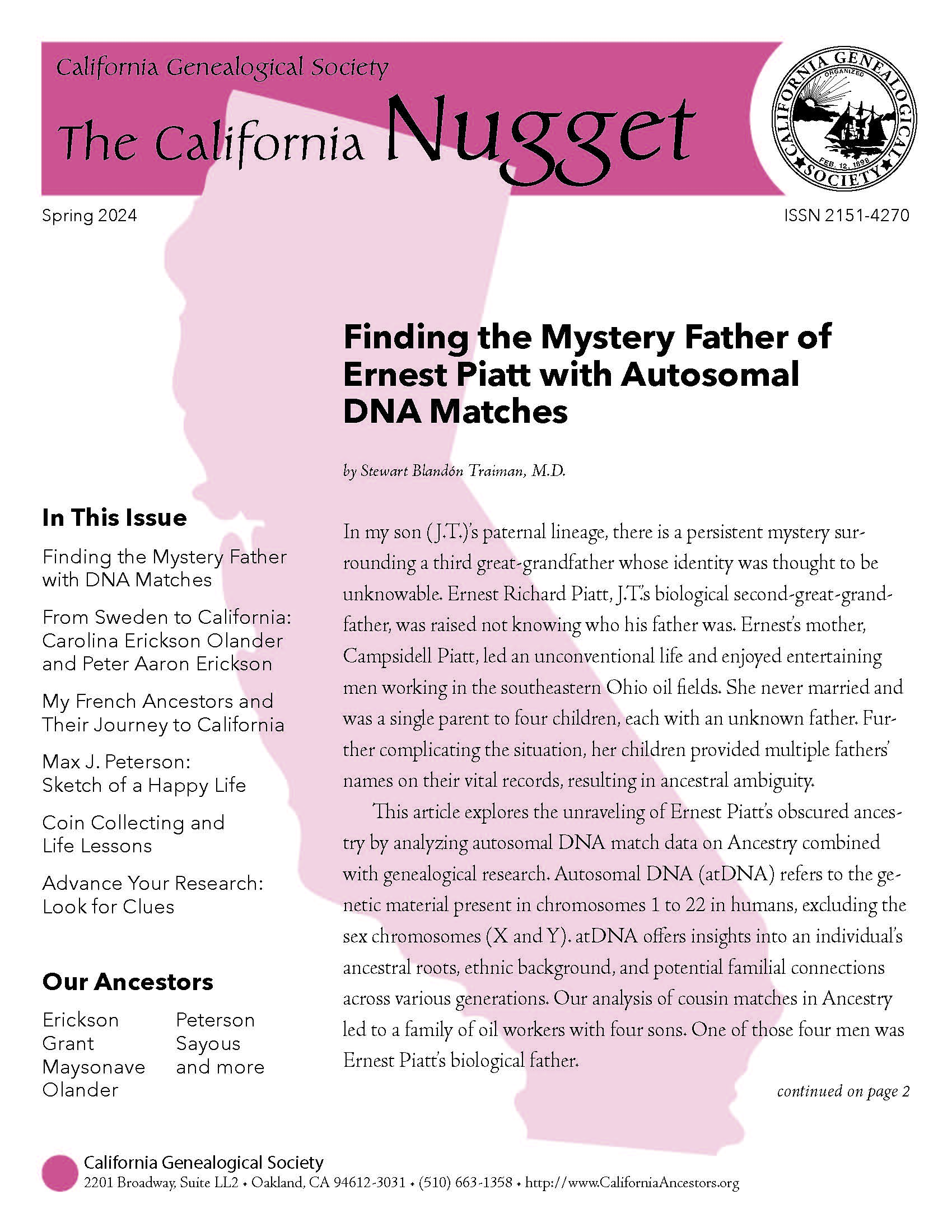Breaking New Ground: Speaking on LGBTQ Genealogy at Ancestry.com
In a milestone event, I had the honor of delivering my LGBTQ Genealogy presentation at Ancestry’s San Francisco office. This opportunity arose following a presentation at the Sutro Library on the 50th anniversary of the Stonewall Riots at the invitation of Dvorah Lewis. Several Ancestry employees from the internal AQT (Ancestry Queers in Technology) group were in attendance.
Impressed by the presentation, Holly, Cory, and Emily from AQT saw the potential for Ancestry.com to benefit from this same message. Internally they have raised software issues, but the message might be better heard coming from an end-user. After a series of emails and calls, a date was set for the presentation at Ancestry’s office, albeit with a condensed timeframe of 45 minutes. I started cutting my slides to fit into their time constraints. I also spent time looking more deeply into Ancestry.com and how it worked well for my complex family constellation and where there was room for improvement.
Navigating the complexities of modern families in genealogy software became a focal point. In my family constellation, there is one adopted child, a half-adopted child, a child via sperm donation, a surrogate mother who has other children, and other biological and non-biological connections. It is a challenge to document these connections accurately and respectfully in most genealogical applications. My family example highlighted the need for genealogical applications to evolve and accommodate the diversity of family structures.
The day of the presentation arrived, and I was ready and rehearsed. I walked 15 minutes from the Montgomery BART station to the Ancestry.com office in rare 82⁰ F heat for San Francisco. I arrived early and sweaty. I was greeted warmly, water was offered and accepted, then escorted to the meeting room. As I set up people trickled in with their lunches. It was a pleasure to see Holly, Cory, and Emily again and meet many new people.
The presentation was being live streamed to the Lehi, Utah office, and the ProGen office in Salt Lake City. The talk was also being recorded for internal use. At the onset, I did a quick head count of about 40 people in the three locations. By the end, that number has easily doubled. Later, I was told that this was the largest attendance, by far, of any presentation at Ancestry. The average age seemed to be at least two decades younger than me.
The presentation was well-received, sparking positive discussions and brainstorming on potential software transformations. My message and ideas were received positively and gratefully. I could see some beginning to brainstorm on how to manifest a software transformation. There were a few requests for my slide deck. The concluding slide of this Ancestry.com tailored talk suggests the following to-do list.
- Create a new GEDCOM standard for the industry that will recognize all families outside of the “hetero-norm”.
- People of any sex and gender can be linked in a relationship.
- The relationship can be defined with a second data element that includes bio-father, domestic partners, mother (non-bio), surrogate child, long-term intimate friend, donor, etc.
- Allow for more than 2 preferred parents.
- Remove sex-biased labels and icons.
- Sex elements should include transgender, intersex, and allow for gender identification.
- Evolve standard genealogy documents, such as Ahnentafel and Family Group Sheets to be family history based, not just for DNA lines.
- Think broadly, being inclusive of current and future family constellations.
As I was leaving the office, Holly introduced me to Margo Georgiadis, CEO of Ancestry. She was friendly, thanked me for coming to speak, and said that LGBTQ issues were a high priority for Ancestry. She promised to view the recorded presentation.
A special THANK YOU to Holly and Dan of Ancestry for facilitating this groundbreaking event. Looking forward, I hope to bring updates on the positive changes spurred by this presentation if given the chance to speak at Ancestry.com again.



[…] in Technology) is an internal group at Ancestry.com and they invited me to speak at their company later that year. In 2020, they invited to speak […]
That’s great news! I am an amateur genealogist and I’ve always been frustrated at the limitations at Ancestry.com, so it’s good to hear that they’re taking steps in the right direction. Thanks for all your work in this field.
* Create a new GEDCOM standard for the industry that will recognize all families outside of the “hetero-norm”.?
* People of any sex and gender can be linked in a relationship?
Done! GEDCOM 5.5.5 available from gedcom.org: https://www.gedcom.org/index.html
Now all you need to do is get Ancestry to use it 🙂
Thank you Tamura! Yor are a hero to us all.
Stewart you were the perfect person to present this subject. Your commitment to this subject matter as it relates to genealogy is long overdue. Congrats on the success of your presentation and I’m sure it will not be the last time you will visit Ancestry.com.
I am very happy that your presentation was so well-received at Ancestry. Looking forward to what they do!